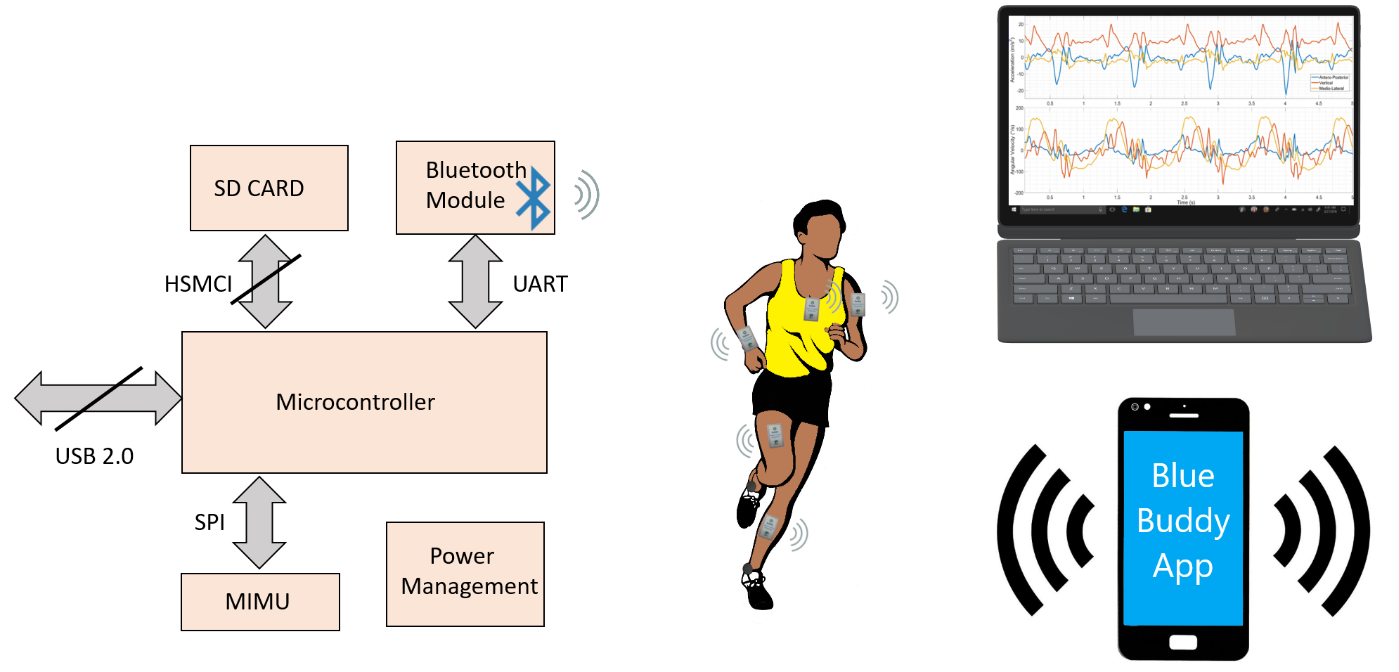
Topic:
The world is becoming more and more health-conscious. Society, health policy, and patients’ needs are all changing dramatically. The challenges society is currently facing are related to the increase in the aging population, changes in lifestyle, the need for healthcare cost containment, and the need for improvement and monitoring of healthcare quality. Progress in science and technology offers, today, miniaturization, speed, intelligence, sophistication, and new materials at lower cost. Telemedicine has also evolved. Used initially to exchange patients’ files, radiographic data, or other information between health providers, today telemedicine contributes to new trends in “hospital extensions” through all-day monitoring of vital signs, professional activities, entertainment, and home-based activities.
Micro-technologies offer the possibility of small size, but also of intelligent, active devices, working with low energy, wireless and non-invasive. Our research group developed a set of MIMU-based wearable devices, with Bluetooth capability. These devices can cooperate, sharing their onboard processing and reaching high levels of abstraction. They will act in telerehabilitation, human activities recognition, sleep recognition, and in combination with the other devices developed at Biolab, investigating home care solutions.
People:
Recent publications:
V. Agostini, E. Aiello, D. Fortunato, M. Knaflitz, and L. Gastaldi
2019 IEEE 23rd International Symposium on Consumer Technologies (ISCT)
10.1109/ISCE.2019.8901019
S. Rosati, G. Balestra, D. Fortunato, and Marco Knaflitz
2019 IEEE 23rd International Symposium on Consumer Technologies (ISCT)
10.1109/ISCE.2019.8900992
Gregorio Dotti, Marco Caruso, Daniele Fortunato, Marco Knaflitz, Andrea Cereatti and Marco Ghislieri
Sensors
10.3390/s24186119